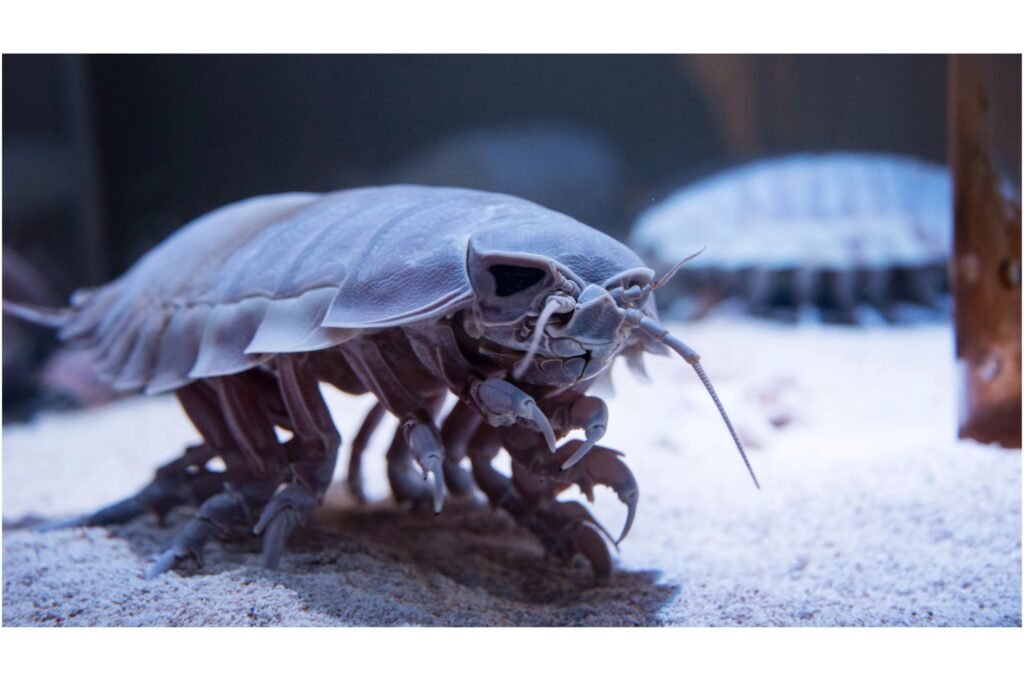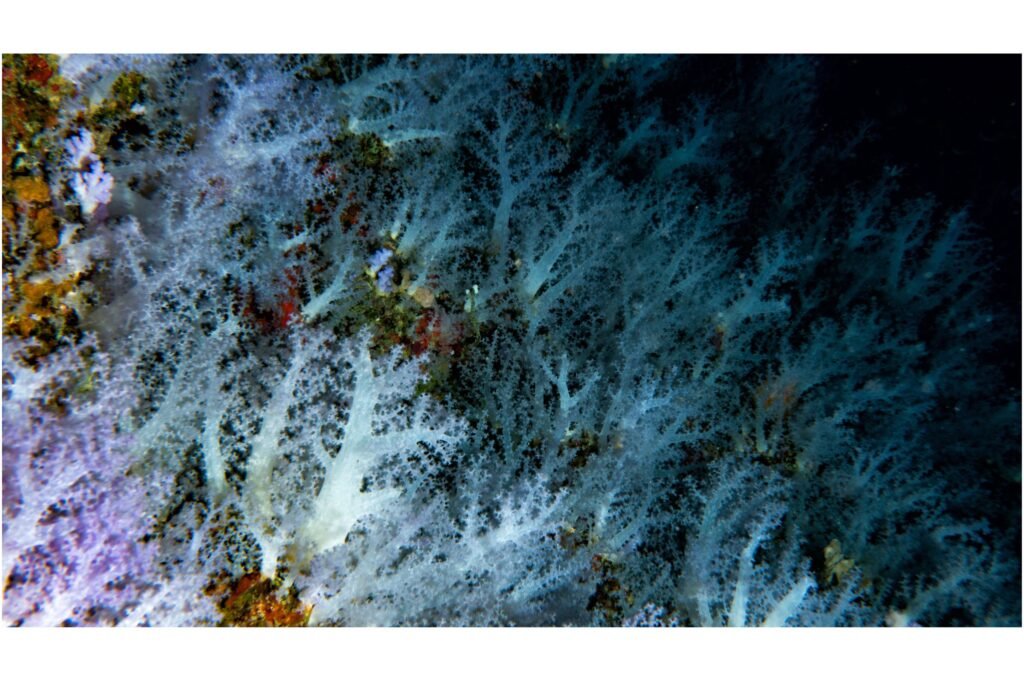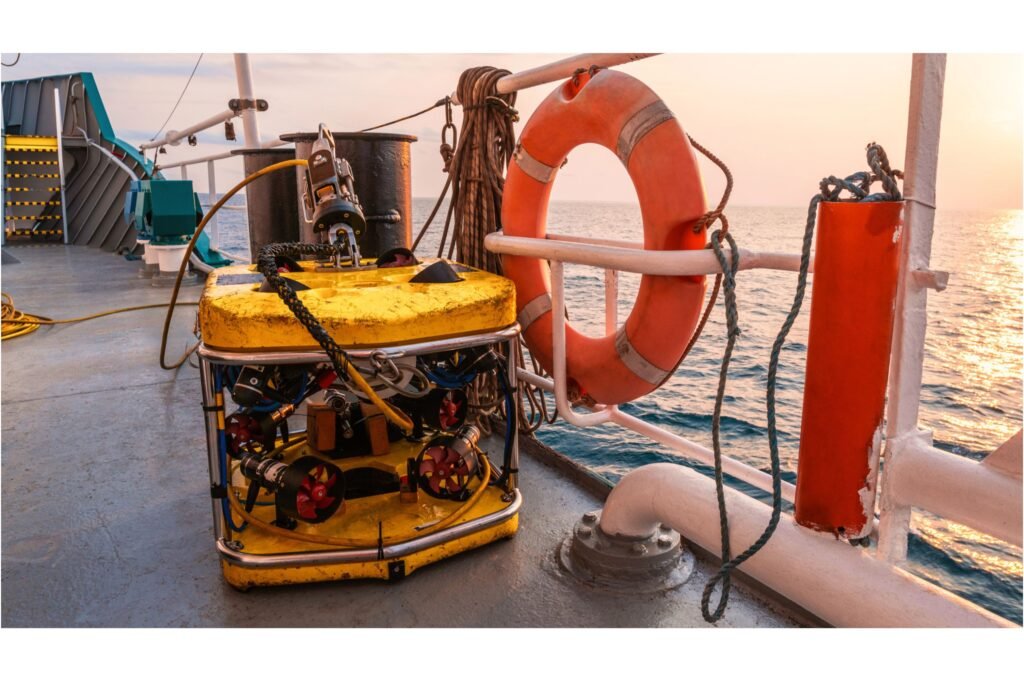The deep sea remains one of Earth’s most enigmatic and underexplored environments. Stretching from 200 meters below the ocean’s surface to depths exceeding 11,000 meters, this twilight zone is teeming with life forms that defy imagination. Deep-sea exploration has unveiled fascinating discoveries, expanding our understanding of marine biodiversity and adaptability. Who knows what could be lurking in the ocean depths…
The Discovery of Hydrothermal Vent Ecosystems

In 1977, scientists stumbled upon hydrothermal vents—fissures on the ocean floor that spew out geothermally heated water. These vents created oases of life in regions where sunlight never penetrates. The robust ecosystems surrounding these vents depend not on photosynthesis, but on chemosynthesis, with bacteria converting hydrogen sulfide into organic matter, forming the base of the food chain.
Nature’s Underwater Light Show

Bioluminescence, the ability of organisms to produce light, is common in the deep sea. Deep-sea exploration has revealed many bioluminescent creatures, including fish, squid, and jellyfish. These lights play vital roles in communication, camouflage, and attracting prey, offering insights into the evolutionary adaptations necessary for survival in complete darkness.
Xenophyophores of the Ocean Floor

Among the most extraordinary findings are xenophyophores, gigantic single-celled organisms found on the ocean’s abyssal plains. These amoeba-like creatures can reach sizes over 10cm in diameter and play essential ecological roles by recycling nutrients. Their ability to thrive under extreme pressure and darkness continues to fascinate scientists.
Earth’s Hidden Titans

The phenomenon of deep-sea gigantism refers to the tendency of some deep-sea creatures to grow to sizes much larger than their shallow-water relatives. Examples include the colossal squid and giant isopods. This size adaptation may be linked to colder temperatures, high pressures, and scarce food resources in the deep-sea environment.
Polychaete Worms

Polychaete worms, often called bristle worms, show remarkable adaptability and diversity in the deep sea. Some species thrive in hydrothermal vent areas, while others inhabit cold seeps, exhibiting unique adaptations that allow them to withstand extreme conditions, including high pressure and toxic chemicals.
Discoveries in Submarine Canyons

Submarine canyons, deep valleys carved into the ocean floor, are rich in biodiversity. Recent explorations have uncovered a plethora of new species, including corals, sponges, and crustaceans. These regions serve as vital habitats and migration pathways for many marine species, contributing to the ocean’s overall ecological balance.
Coral Reefs in the Abyss

Previously, coral reefs were thought to exist only in well-lit, shallow waters. However, deep-sea exploration has unveiled cold-water coral ecosystems at depths exceeding 4,000 meters. These reefs, constructed by species like Lophelia pertusa, offer critical habitats for marine life and help regulate oceanic carbon cycles.
The Alien-like Vampire Squid

The vampire squid (Vampyroteuthis infernalis), with its cloak-like webbing and red hue, has intrigued scientists since its discovery. This deep-sea cephalopod is neither squid nor octopus but belongs to a unique order. It has adapted to low-oxygen environments and survives on marine snow, showcasing the depth of evolutionary creativity in the deep sea.
Preservation Efforts

With increased awareness of deep-sea biodiversity comes the responsibility to protect these fragile ecosystems. Human activities such as deep-sea mining, fishing, and pollution pose significant threats. Conservation efforts are underway to safeguard these habitats, ensuring the sustainability and health of our planet’s oceans.
Aiding Deep-Sea Exploration

Technological innovations, such as remotely operated vehicles (ROVs) and autonomous underwater vehicles (AUVs), have revolutionized deep-sea exploration. These tools allow scientists to explore uncharted territories, discover new species, and conduct experiments in environments previously inaccessible to humans. The deep sea remains one of the last frontiers on Earth, and every expedition uncovers new mysteries. As technology advances and our curiosity deepens, so too will our understanding of these breathtakingly diverse and resilient ecosystems.

Jan loves Wildlife and Animals and is one of the founders of Animals Around The Globe. He holds an MSc in Finance & Economics and is a passionate PADI Open Water Diver. His favorite animals are Mountain Gorillas, Tigers, and Great White Sharks. He lived in South Africa, Germany, the USA, Ireland, Italy, China, and Australia. Before AATG, Jan worked for Google, Axel Springer, BMW and others.




